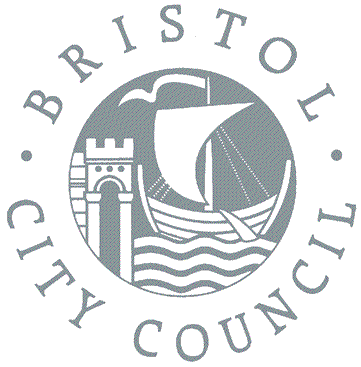Redevelopment at 66 Queen Square and King Street, Bristol
BaRAS recently undertook a targeted excavation followed by a watching brief between Queen Square and King Street. This location was originally known as ‘The Marsh’ and was an open area used for public recreational purposes such as bowling, as well as rope-making and archery practice. In the mid 1600s the Corporation of Bristol developed the land, first raising the level over two metres by dumping domestic rubbish. St. Nicholas Almshouse was constructed nearby and King Street laid out to the south. By the 1670s King Street was developed, with Queen Square designed at the turn of the 1700s and built by 1716. King Street was originally laid out as tenements but rapidly became used by merchants, with warehousing to the rear. After the Bristol Riots of 1831, when much of Queen Square was damaged by fire, as well as parts of King Street, the latter was largely re-developed into warehouses and workshops for merchants, while Queen Square was rebuilt and consolidated. The construction of a dual carriageway in the 1930s saw the demolition of the buildings west of No. 25 King Street and 66 Queen Square and later re-development work in the 1970s and 1980s removed the last traces of those earlier warehouses, with the exception of the façade of No. 24 King Street.
The results of the archaeological work are currently being collated but can be summarised as follows. No pre 1600 features were exposed during the fieldwork, although dumped soils from the mid 1600s were observed across the site, being mostly domestic in origin and containing pottery, animal bone, glass and clay tobacco pipe from that period. This dumping overlay the natural marsh clay.
Three main phases of dating for post 1650 activity were identified. The only feature that probably pre-dated the 1831 riots was a small section of brick wall, bonded with pink mortar, against which one of the boundary walls and the standing northern wall of No. 69 Queen Square had been built. This was a possible segment of original late 17th or early 18th century boundary wall, later incorporated into the Queen Square buildings when they were rebuilt following the destruction caused by the riots. A small stone wall associated with a herringbone brick surface to one side and an irregular flagstone floor to the other was also a potential 18th century survivor.
The majority of stone structures exposed on site such as cellar walls, floors, cess tanks, a well and indeed the northern foundation walls of the Queen Square buildings, seem to have been built following the construction of stone boundary walls found during the courtyard excavations. This would suggest that the Queen Square buildings and most of the western part of King Street, were built following a major re-design in the mid 1800s, after the riots (Plate 1).
The latest phase observed was the King Street redevelopment of the late 1800s / early 1900s, where deep cellar walls and the brick wall and piers of the westernmost warehouse survived to considerable depth (Plate 2). Late 20th century office block construction had removed most traces of these and earlier cellars.

Plate 1 Excavation in the courtyard area at the back of Nos. 67–69 Queen Square with strip and map areas between the ring beams further to the west (top). The remains of a 19th century cobbled surface and a well can be seen in the foreground

Plate 2 The watching brief during final site clearance revealed the depth of late 19th / early 20th century cellar walls in the north-west corner of the site. Note the earlier stone boundary wall (far left of photo), against which the brick walls had been built
Tags: bristol, post-medieval
- Categories
- Events
Excavations
Finds
Survey
BaRAS is registered as an organisation with the Chartered Institute for Archaeologists
All material © copyright BaRAS 2004 – 2016




